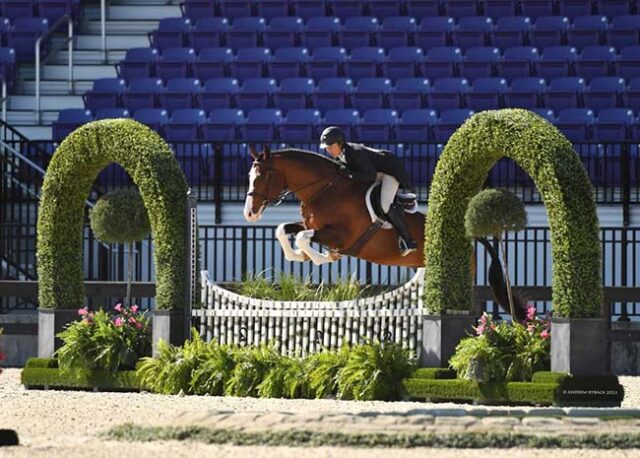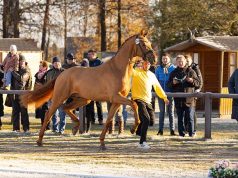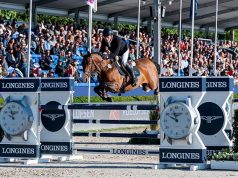By Chris Gould / CWHBA
Photography: Andrew Ryback
In the first three chapters of this series, we covered the foundations of Warmblood horsesd and what bloodlines – both historic and modern – have been ubiquitous in the Canadian-born Warblood horses.
Now, some 56 years after Joe Selinger imported a Hanoverian Stallion, he named Centennial, to celebrate Canada's 100th Anniversary, and 35 years after the launching of the Canadian Warmblood Horse Breeders Association the question arises – what do we see in the future for the Warmblood horse in Canada?
There is no doubt that Warmbloods now dominate the equestrian sports of jumping, dressage, and even hunter and eventing in Canada, just as they do throughout most of the sporting world. So the issue is not so much will they continue to dominate the sport, but how will Canadian breeders respond to the evolving demands of the market and issues confronting the industry.
In the past couple of decades breeding has become specialized between jumping and dressage. In some studbooks this specialization has become formalized within the grading and approval process. The Canadian market is even more multi-faceted with a strong hunter presence alongside the interest in jumping, dressage and eventing. In response to this reality the CWHBA is testing an approval process that allows stallions to be nominated for approval by discipline. This evaluation adjusts for the particular requirements of each discipline and avoids the trap of trying to fit everyone into the same box.
A second issue is changing technology. Since the early 1970s frozen semen has become reliable and routine, embryo transfers common, and frozen embryos widely available. Once considered a significant development, cloning has not really taken hold, but ICSI is looking like an important development that could have wide-reaching effects, especially regarding genetic diversity.
We have seen that genetic relatedness within the Warmblood population was established at a very early stage, but of course these technological advances may contribute to further concentration of genetics. The CWHBA, like many studbooks provides an inbreeding coefficient calculator to assist breeders in planning matings... To read the complete article you need to be a subscriber
CLICK HERE TO SUBSCRIBE TO BREEDING NEWS
SUBSCRIBERS CAN READ THE COMPLETE ARTICLE BY LOGGING IN AND RETURNING TO THIS PAGE




